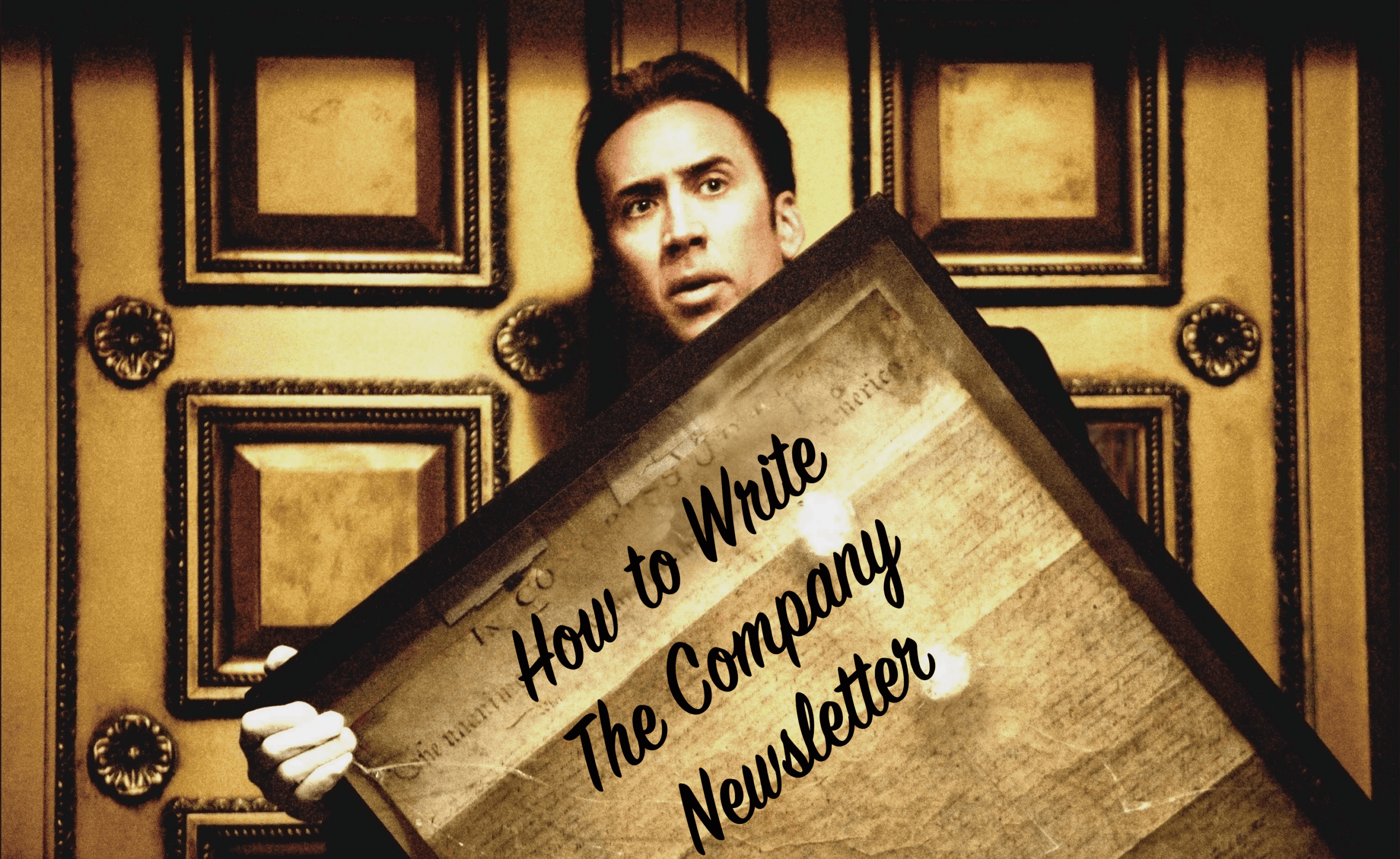Almost everyone at Atomic is a generalist. We don’t over-commit to one specific language/tech stack or, in my case, one marketing focus (SEO, for example). As a generalist marketer, my tasks and foci can range from search engine optimization to demand generation consultation to a cross-office video shoot. My team stays nimble, ready to jump into new tasks and kick off strategic projects that forward our company goals.
This all sounds great, a scrappy group of generalist marketers taking on the world! But how the heck do we bring new Atoms onto our marketing team? How do we find someone who can stay adaptable, flex their skills and interests across projects, and take pride in being a generalist?
One tactic our team has employed, that you can use across roles/functions/companies, is documentation. Sounds… exciting, doesn’t it? Documentation might sound boring, but it has allowed our team to bring on new Atoms quickly. It’s also allowed us to trade ownership of tasks without weeks of training and allows each marketer to enhance their communication skills through writing.
Bringing New Folks onto the Team
When I first started at Atomic, I felt generally overwhelmed by the generalist title. I was afraid I’d be unable to jump from task to task while keeping strategy top of my mind. These fears were quickly assuaged when our Director of Marketing, Elaine, showed me our documentation folders. Each category of our work had its own folder, filled with instructional how-tos for completing tasks.
This all meant Elaine didn’t have to sit over my shoulder showing me how to make the monthly Atomic newsletter. Instead, she provided me with thoughtful documentation and told me to give it my best shot (knowing she was there should any questions arise). Having a clearly written out template for how to complete certain tasks gave me a sense of ownership and accomplishment early on in my Atomic career. It also freed up Elaine to focus on onboarding me in different areas of the organization.
Switching Tasks

The generalist approach and thoughtful documentation has also allowed our team to swap tasks/projects back and forth without weeks of cross-training. As each new marketer takes ownership of a task, they update the documentation to reflect changes in tooling or better approaches to solving problems.
This has proven especially helpful as I recently took back on the task of creating the Atomic monthly newsletter, two years after having last done it. I didn’t need to scratch my head trying to remember what I used to do or ask for hours of meeting time from another marketer. Instead, I’ve been able to jump into the up-to-date documentation and knock out the work. This also comes in handy if your team has any structural changes, as you won’t have to plan out two weeks of cross-training before an employee moves on.
Putting Communication Skills to the Test
One of the unexpected outcomes of writing documentation is that it forces you to reflect on how you complete a task. Then, you must boil it down into easy-to-follow steps and try to communicate it in an empathetic way to your fellow marketer. If you’ve ever used a cookbook, you know the stress that can come with unclear instructions. “The recipe said to beat the eggs into stiff peaks. What the heck is a stiff peak?”
During the process of writing documentation, I have thought, “Maybe I’m approaching this the wrong way.” I’ve also thought, “Wow, it is wild that I have 43 required steps to edit a photo for our website.” These thoughts are pivotal, as they force you to simplify your process and regularly return to the strategic importance of your tasks.
The Case for Documentation
Documentation has become a lifesaver for our little marketing team. The time you spend writing a piece of documentation pays dividends over the long term, from onboarding a new employee to simplifying our processes.
The tactic may not work for every project/task your team encounters, and that’s okay! An important part of the documentation process is asking yourself:
- Does this task require documentation? (ex: writing a social media post likely doesn’t need step-by-step instructions).
- Do we repeat this task enough to warrant written documentation? (ex: a one-off sales collateral project)
Did I sell you on documentation? Check out a how-to guide here.


